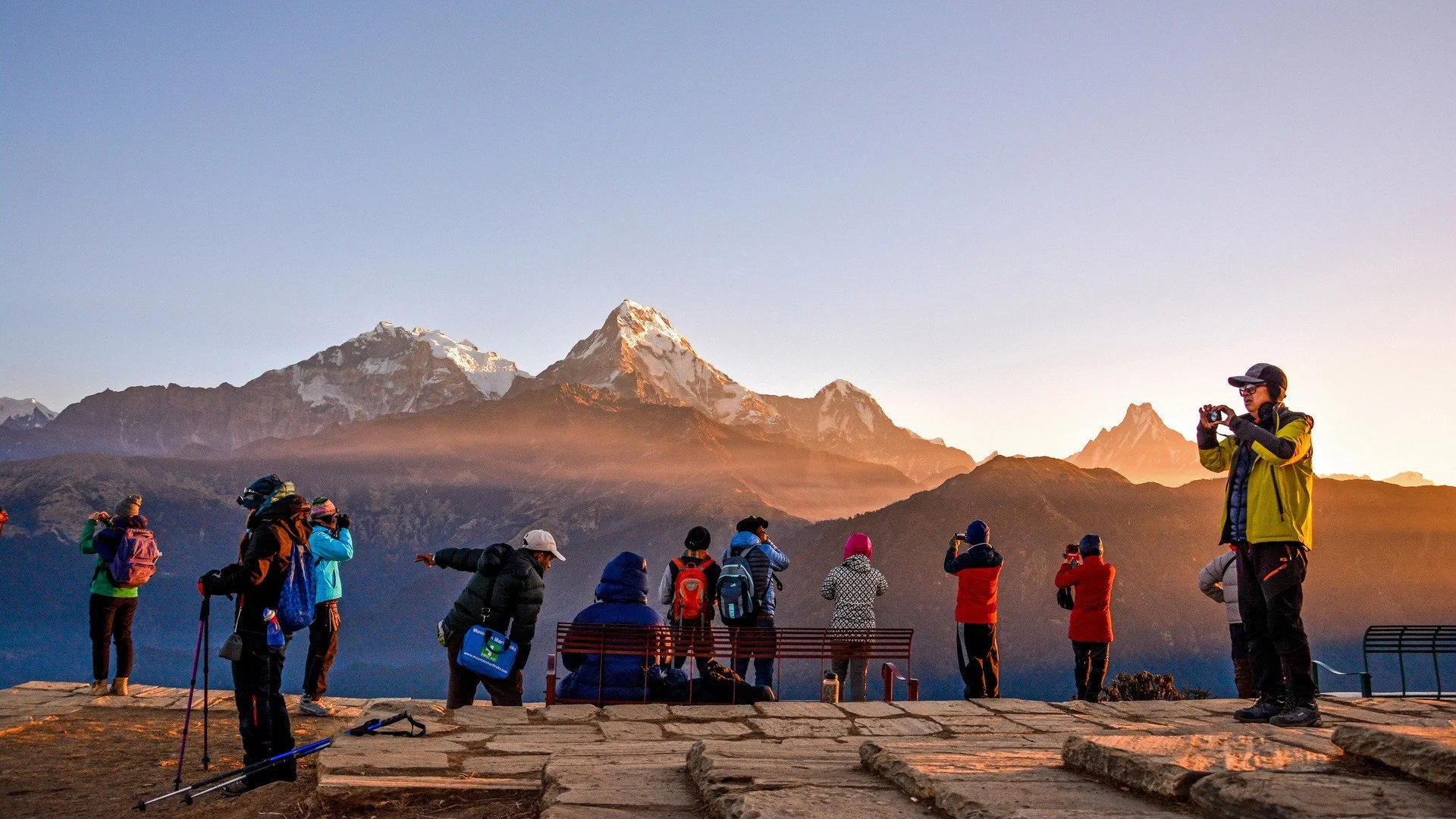NEPAL
Nepal is a small, landlocked Asian country nestled between India and China. Boasting large mountains and the highest peak in the world, Mount Everest, Nepal is a beautiful place. Despite being rich in natural resources, Nepal remains one of the least developed countries in the world. Its mountainous topography makes development work difficult and costly. The country ranks 142 out of 189 on the United Nations’ Human Development Index scale. The index measures a country’s achievements in terms of health, income, and education.
The Kathmandu valley has been home to KISC since 1987. It comprises the three ancient cities of Kathmandu, Patan, and Bhaktapur, which were once independent states ruled by the Malla kings from the 12th to the 18th centuries. The three cities house seven UNESCO World Heritage shrines which are together listed as UNESCO World Heritage Sites (Culture). The valley is also home to hundreds of other exquisite monuments, sculptures, artistic temples, and magnificent art - reminders of the golden era in Nepal’s architecture.
Where is KISC located?
The KISC campus is located in a historic place called Thecho, in the Lalitpur metropolitan area, about 6 km (3.7 mi) south of the main Lalitpur town Patan. It is home to the valley’s finest craftsmen who have preserved such ancient techniques as the repoussé and lost wax process used to produce exquisite sculptures. The city retains much of the old charm with its narrow streets, brick houses, and a multitude of well-preserved Hindu temples, Buddhist monasteries (vihars), and monuments. The predominant sound in Patan is that of the tinkering of craftsmen bent over the statuettes they are shaping. As in Kathmandu, Hinduism and Buddhism have co-existed here for ages, influencing each other, and the religious harmony is exemplary.
Climate
Kathmandu Valley is blessed by a temperate climate. The temperature does not exceed 34 degrees Celsius even during the scorching summer months and does not drop below 3 degrees Celsius in winter.
Things to do in Nepal
TREKING: Nepal is the world's premier destination for trekking and is the country where commercial trekking was pioneered back in the early 1960s. Two of the most popular trekking regions are Everest and Annapurna where many different trails can be followed while the other popular treks are in the Langtang and Kanchenjunga regions. The most challenging is the Great Himalayan Trails, an extensive trail system that covers Nepal from Humla and Darchula in the west to Kanchenjunga in the east. The diversity of trekking trails in Nepal cannot be found in any other part of the world.
HIKING: Hike your way through the picture perfect surroundings. If trekking isn’t your cup of tea, try hiking between the lush green hills of Kathmandu valley, while taking in breathtaking views of the Himalayas, plains, and valleys. A wanderer’s paradise Nepal has plenty of options for both professional and amateur hikers with a plethora of hiking trails to choose from. The Kathmandu Valley alone has over 50 hiking trails that range from easy to difficult and are accessible to all.
WILDLIFE: Large swathes of jungles are being protected as national parks and reserves. This has made it possible to take tourists into the national park for viewing wildlife on elephant’s backs or on a jeep safari.
MEET THE PEOPLE: Meet the friendliest people you've ever met. Feel their optimism and embrace their genuine warmth. Put your hands together and say Namaste and smile as they return your gesture with genuine smiles of acceptance. 'You are welcome, you are our guests' say the friendly smiles. Nepali people are some of the friendliest people in the world which is one of the reasons visitors keep coming back.
HERITAGE WALK: Kathmandu Valley, being rich in cultural, historic, and artistic inscriptions, holds the glory of seven monumental zones as UNESCO World Heritage Sites. Through heritage walks, one can explore and discover the everyday sights, sounds, and sensations of inner-city Kathmandu through an artistic and aesthetic perspective for a deeper understanding. Exploring both tangible & intangible resources, art, sculptures, stories, people's way of life, their beliefs & history is a unique experience that heritage walk envelops in Kathmandu and Patan.
BIRTHPLACE OF LORD BUDDHA: Lumbini lies in the Terai district of Rupandehi in the mid-southwestern region of Nepal and has earned world fame as the birthplace of Siddhartha Gautam Buddha, the Enlightened One. Lumbini is a UNESCO world heritage site. Maurya Emperor Ashoka of India visited Lumbini in 245 B.C. and erected a pillar signifying the sacred spot where the Lord first put his foot after birth. Two famous Chinese pilgrims, Fa Hien and Hueng Tang visited the site in the 5th and 7th centuries respectively and wrote about this sacred place in their travelogues. The main temple is named after Buddha’s mother, Maya Devi. A large number of Buddhist pilgrims from all over the world visit Lumbini to pray at the Maya Devi Temple where excavations have revealed the ‘marker stone’ showing the exact spot where Siddhartha Gautam Buddha was born. Many temples, monasteries, rest houses and stupas have been built by countries such as China, India, Japan, Mongolia, Myanmar, South Korea, Sri Lanka and Thailand recognizing the value Lumbini possesses.






